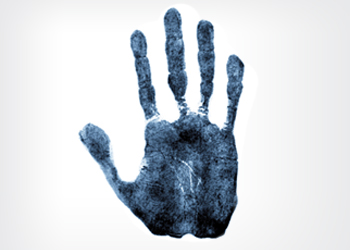
BAFFLED? Don’t worry, this isn’t a column about doppelgangers. I was simply wondering whether you have recently checked how many you’s there are online? Yes, I’m talking about online security, personality theft, and the increasing need to be on your guard to ensure that the “you” others see online is truly you.
We live in an age of short attention spans and everything digital. Your face can unlock your mobile phone and soon, I fear, also your fridge or your car. Your name, position and company affiliation can open online networking doors for you and invite others to send you business deals. That’s always provided you are really you and others are really who they say they are!Have you ever received a connection request on LinkedIn from a complete stranger with a stunningly attractive profile picture, a captivating professional headline, and a promising job title? I get them frequently – sometimes they are from government officials or bank presidents, while at other times, perhaps more credible, they’re from marketing or advertising professionals. Here’s what you should do if you’re unsure whether you’re faced with the right person or an online impostor: Save the person’s profile image to your desktop (a quick right click with the mouse should do the trick) or copy the picture’s URL. Go to Google and click on “Images” (usually found towards the top right-hand corner of the screen). Upload the image into the Google search box or copy the image’s URL into the search box and click “Search”.Voila, Google presents you with other versions of the picture it found online and with pictures it thinks depict the same or similar person. If your search reveals multiple versions of the picture you uploaded, which are attached to people with different names, alarm bells should start to tingle.Needless to say, you should do this with pictures of yourself and, if you’re concerned about your company’s online image, with your company logos on a regular basis. If you spot anything amiss, Google offers you a “Report this picture” option: Use it.It also pays to regularly Google your own name and your company’s name. You can even automate this task by creating appropriate Google Alerts – simply go to www.google.com/alerts and set up as many alerts as you wish. It’s quick, free, and really easy!While we’re talking about online security and setting time aside to Google yourself, you may also want to take a few minutes every month or so to check the privacy settings of the social media networks you’re part of. Often, that’s a fine line to walk: Tighten your privacy too much and services like Facebook become much less social or even essentially useless (e.g. LinkedIn). Take too lax a stance and you’re making it easy for impostors to steal your online identity, i.e. pictures, and other potentially sensitive information. Even seemingly harmless nuggets of information, such as your pet’s name or the name of the football team you support, could be used by fraudsters to guess your passwords.Passwords, hey? Are you one of the shockingly many people that use passwords like “password123”, “querty123456”, or similar easy-to-guess keywords? Change them. Now. All of them. Also, please don’t use the same password for multiple online services. Feel like your brain’s exploding trying to remember all the many passwords? No problem, just download a reputable password manager like “Last Pass” and you can store all your passwords and encrypt them with just one, hopefully very difficult to guess, master-password. I enjoy the convenience of a password manager, but even though, I’d rather not store my online banking password in it. Better safe than sorry, even if it means that I have to remember a few more passwords after all.Happy, but safe, online networking! By Martin Kubler